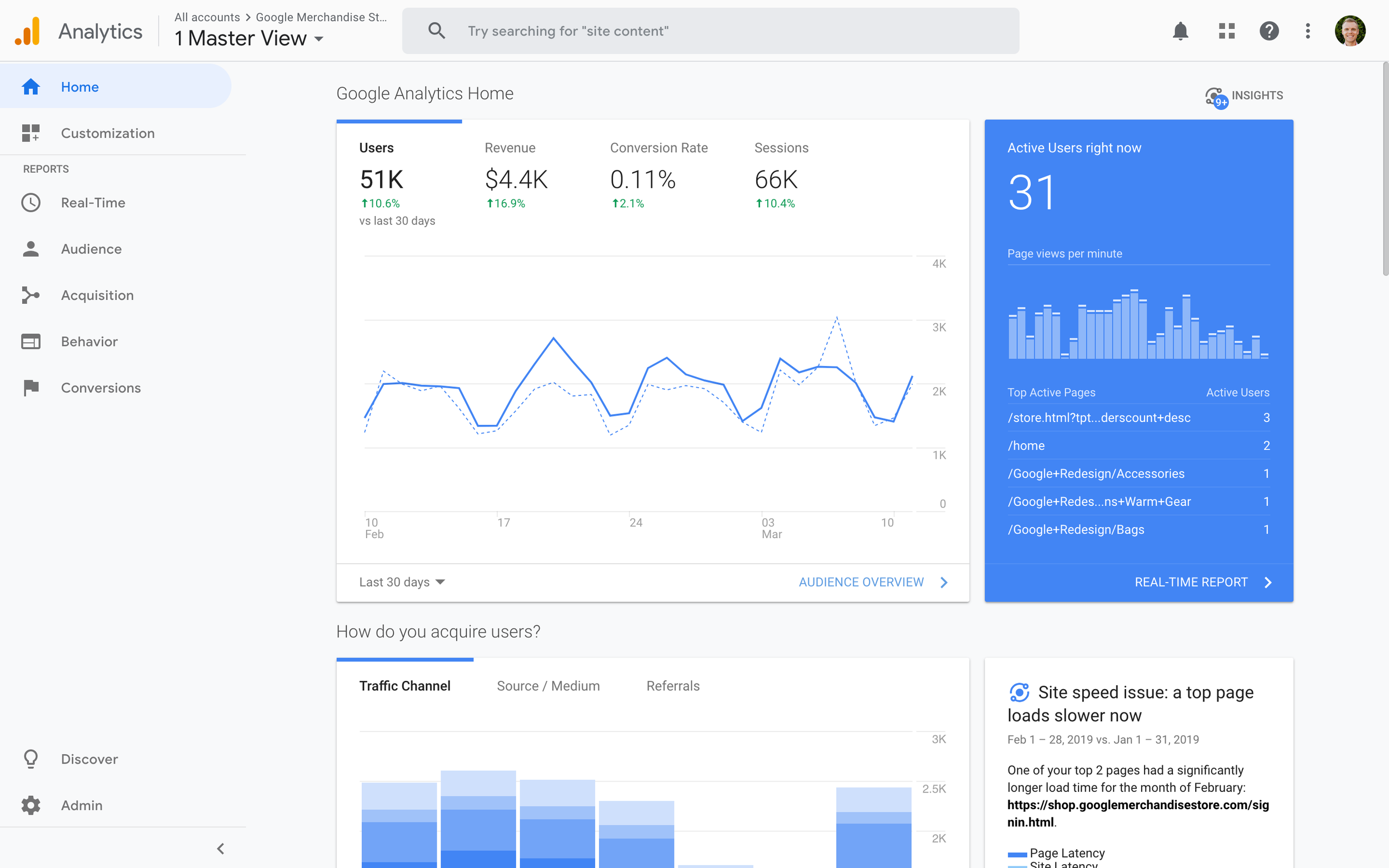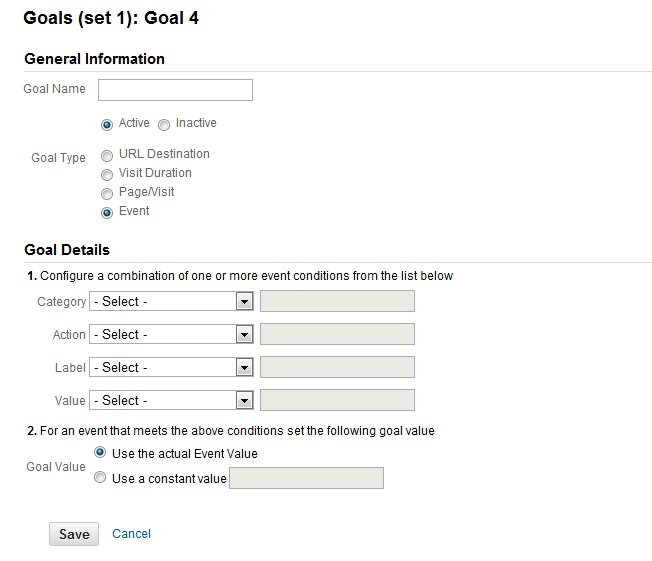What Data Is Google Analytics Goals Unable to Track: Learn the Limitations
What Data Is Google Analytics Goals Unable to Track: Learn the Limitations
Blog Article
Demystifying Google Analytics Limitations: Uncover What Data Goals Can not Track
In the realm of electronic analytics, Google Analytics stands as an effective tool that offers important insights right into internet site performance and individual behavior. However, among its capacities, there exist limitations that usually go undetected. Recognizing what Google Analytics can not track is vital for an extensive grasp of data interpretation and decision-making procedures. From the complexities of user communication with vibrant material to the intricacies of cross-device user trips, these restrictions clarified areas that might stay covered from traditional analytics perspectives. By unraveling these restraints, a clearer image arises, permitting even more educated strategies and improved insights into individual engagement and conversions.

User Communication With Dynamic Web Content
User communication with vibrant content plays an essential role in comprehending customer actions on sites and maximizing the general customer experience. Dynamic material describes components on a website that can change without the need for a full web page reload. This consists of interactive aspects such as pop-ups, sliders, forms, and videos that react to customer activities in real-time. By tracking user interactions with dynamic web content, internet site owners can acquire useful insights into customer engagement, preferences, and habits.
Google Analytics uses numerous devices to track user interactions with dynamic content, such as event tracking and digital pageviews. Occasion monitoring enables you to keep track of specific customer activities, like clicking a button or watching a video, offering data on just how customers engage with dynamic elements. Digital pageviews can be made use of to track communications that do not result in a new page lots, giving a thorough sight of individual involvement with vibrant content. By analyzing this information, web site owners can make informed choices to improve user experience and drive conversions.
Cross-Device Individual Journeys
Just how can modern analytics devices track the complicated courses users take across multiple tools in their on the internet journeys? Cross-device customer trips present a considerable difficulty for monitoring and examining user actions accurately. As users connect with sites or apps making use of various tools such as tablets, desktops, and smartphones, it becomes essential to comprehend just how they move in between these systems to maximize user experience efficiently.
Google Analytics deals with restrictions in tracking cross-device individual journeys as a result of privacy issues and technical restrictions - what data is google analytics goals unable to track. While it can offer insights right into private tools' interactions, tracking a smooth individual trip across numerous devices remains an obstacle. This limitation can lead to incomplete data and fragmented individual insights, making it hard for services to produce a unified sight of the customer trip
To address this problem, companies can utilize sophisticated analytics devices that use cross-device monitoring abilities, enabling them to obtain a more alternative understanding of individual behavior. By leveraging these tools, companies can bridge the gap in tracking cross-device individual trips and maximize their electronic techniques for a seamless customer experience.
Offline Conversions and Acknowledgment
As organizations browse the difficulties of tracking cross-device user trips, another pivotal facet to take into consideration is the realm of offline conversions and attribution in the realm of data analytics. While Google Analytics gives valuable insights into on-line user behavior, it falls short when it concerns tracking conversions that occur offline. This restriction positions a significant challenge for services that have both online and offline sales channels.
Offline conversions, such as purchases made in physical shops or through phone call facilities, are necessary to understanding the full consumer journey. Without the capacity to attribute these offline conversions to details on the internet interactions, services may battle to precisely determine the influence of their digital advertising and marketing efforts.
To resolve this gap, businesses can check out alternate remedies such as incorporating CRM systems with on-line analytics tools or utilizing distinct discount codes that can be traced back to on the internet projects. By bridging the space in between online and offline data, businesses can obtain a much more thorough understanding of their consumers' behavior and boost their total advertising and marketing techniques.
Individual User Recognition
In the world of information analytics, the ability to precisely determine private customers throughout different on-line touchpoints is an essential difficulty for companies seeking to personalize and maximize their advertising and marketing strategies. While Google Analytics provides valuable understandings right into user behavior and interactions, it drops brief in allowing the recognition of details people because of privacy problems and technological constraints. Google Analytics makes use of one-of-a-kind identifiers such as cookies to track individual sessions and habits, yet these do not relate Bonuses to determining private users in an individual feeling.

Data From Secure Pages
Regardless of the boosting prevalence of safe and secure pages on websites, acquiring data from these encrypted resources presents a special challenge for electronic analytics platforms like Google Analytics. Protect web pages, indicated by HTTPS in the link, encrypt data traded between the customer's browser and the internet site's server to make sure privacy and safety. While this encryption is essential for securing delicate information, it likewise postures limitations for tracking customer habits and gathering analytics data.
Google Analytics encounters obstacles in accumulating in-depth info from safe web pages as a result of the encryption procedures in place. Consequently, particular information points such as referral resources, keyword searches, and even some user interactions may not be completely recorded when users access a site with a safe and secure link. This limitation can impact the accuracy and efficiency of the information evaluation, bring about gaps in understanding user habits and choices on safe and secure web pages.
To browse this obstacle, electronic analysts may require to explore different monitoring approaches or utilize various other devices especially made to collect understandings from secure web pages. By adapting strategies to fit these restrictions, companies can still derive beneficial analytics despite the restrictions provided by encrypted connections.
Conclusion
In conclusion, Google Analytics has limitations in read review tracking user communication with vibrant content, cross-device customer trips, offline conversions, private user identification, and data from protected pages. These constraints prevent a thorough understanding of individual habits and may result in gaps in information analysis. Despite its valuable insights, Google Analytics might not give a total image of customer engagement throughout different touchpoints. It is important for businesses to be familiar with these restrictions and consider additional devices for an extra alternative sight of their data.
Customer interaction with vibrant web content plays a crucial duty in understanding customer behavior on web sites and maximizing the overall user experience. By tracking individual communications with dynamic material, internet site owners can gain beneficial insights into customer engagement, choices, and behaviors.
Google Analytics makes use of distinct identifiers such as cookies to track customer sessions and actions, but these do not correspond to recognizing specific users in a personal feeling.
As an outcome, certain data factors such as reference sources, keyword searches, and even some user interactions may not be totally recorded when individuals access a website through a protected connection.In final thought, Google Analytics has constraints in tracking customer communication with vibrant content, cross-device user trips, offline conversions, individual user identification, and data from protected pages.
Report this page